|
Getting your Trinity Audio player ready...
|
When a tropical storm comes, most people immediately think about losing power. We’re used to hurricanes in South Florida and while we can prepare and protect ourselves and our homes for potential damage, we can only hope that the lights stay on.
In Pinecrest, the power grid can be particularly finnicky. Even on sunny days, brief outages can occur. It’s a high-profile problem that has plagued the otherwise idyllic Village. Ever since Pinecrest incorporated in 1996, the Village Council has asked for assistance in fixing the grid and in 2018 Florida Power & Light formally stepped up its game.
A bit of FPL history. Right after the historic 2004-2005 hurricane season, FPL started hardening their infrastructure. The project included replacing wood transmission structures with steel or concrete, strengthening main (feeder) lines to withstand extreme wind loads, a robust program of regular pole inspections and replacements, maintaining trees and vegetation near overhead power lines to reduce outages and flood mitigation measures at many substations. Yet even with those efforts, FPL saw that the number one cause of outages was trees and vegetation blowing into overhead neighborhood power lines. And most of these vegetation-caused outages originated on land where FPL isn’t allowed to trim without property owners’ permission.
So, along with strong encouragement from Pinecrest’s Village Government, in 2018 FPL initiated the Storm Secure Underground Pilot Program to move the most troublesome overhead wires underground. Millions of dollars have been spent to underground miles of power lines right up to individual homeowners’ electric meters. In 2022 alone, FPL is planning to install additional underground lines to replace more than 70 overhead power lines within the Village to serve more than 1,000 additional customers.
“Working with FPL on the undergrounding project has been one of the best experiences we’ve had,” said Pinecrest Mayor Joe Corradino. “It’s not an easy project. We have coordinated well and worked through all of the issues, both expected and unexpected in an expedited manner. They are true professionals dedicated to getting the projects done on time, within budget and at the highest level of quality. We couldn’t have better partners.”
FPL reports, “Our hardening program has delivered results for our customers. The average customer outage time after Hurricane Wilma in 2005 was 5.4 days. After more than a decade of hardening, the average outage for Irma was 2.1 days, even though Irma was a bigger and stronger storm. We estimate that our hardening efforts reduced restoration costs by $496 million after Hurricane Irma compared to what costs would have been without hardening.”
Yes, there is a cost to customers. While there are no individual out-of-pocket costs required for undergrounding their service, the program’s costs are recovered from all customers through a Storm Protection Plan monthly charge approved by the Public Service Commission. For a typical residential 1,000-kWh customer, this charge is about $2 a month in 2022.
The results of the Storm Secure Underground Pilot Program are measurable. Underground neighborhood power lines performed 85 percent better than overhead lines during Irma and are more than 50 percent more reliable on a day-to-day basis. Also, when Tropical Storm Eta made double landfall in Florida in 2020 and caused more than 420,000 outages to FPL customers, there were no outages on any of the more than 300 neighborhood power lines that FPL had placed underground at that time as part of the Storm Secure Underground Pilot Program.
Four years ago, Pinecrest homeowner Tammi Hellinger was on the very first block of FPL’s undergrounding efforts in the Village.
“Everyone at FPL was amazing. They literally knocked on our door one day, explained what they were going to do and had us sign some papers,” said Hellinger. “Besides seeing them shorten the poles in our backyard, only leaving the phone and cable wires, we didn’t even know they were here. They barely disturbed a blade of grass.” Hellinger recalls that before the undergrounding she was “always losing power. Now, I’ve only lost power once in 4 years, and that was for under 45 minutes. It’s a huge difference!”
Mayor Corradino adds, “The feedback has been overwhelmingly positive. We’ve struggled for years with overhead wires and a prolific tree canopy, which do not mix well, partially during storm events. It’s taken years to get this done. This is another Pinecrest project that’s going to have a profound impact on our quality of life. Believe it or not, there have been some people who have resisted. I know change is hard, and this is the right thing to do to move our village forward. We are always looking to the future.”
Real Estate Update
As of 4/1/22, there were only 51 properties for sale in Pinecrest, 39 homes pending sale and 2.8 months of inventory. This is still a strong Seller’s market, but inventory is starting to build! If you’re ready to move, get the best local expertise, truthful guidance and realistic expectations. It’s easy to get started at miamihal.com/getstarted. I invite you to view past episodes of my The MiamiHal Real Estate Show at miamihal.com/the-miamihal-real-estate-show to hear from experts and get the latest real estate news.
Hal Feldman (MiamiHal) is a Realtor with RE/MAX Advance Realty. You can contact him with your story ideas or real estate questions at www.MiamiHal.com, Hal@MiamiHal.com or www.facebook.com/MiamiHal


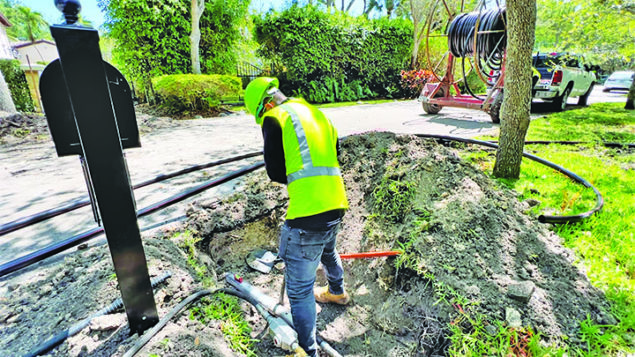
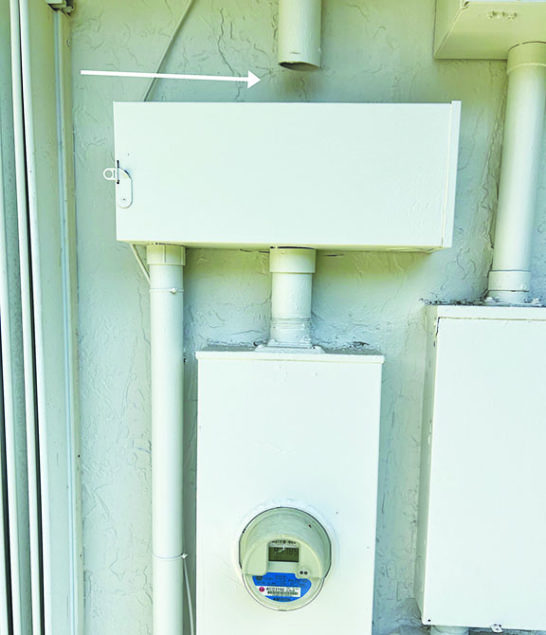

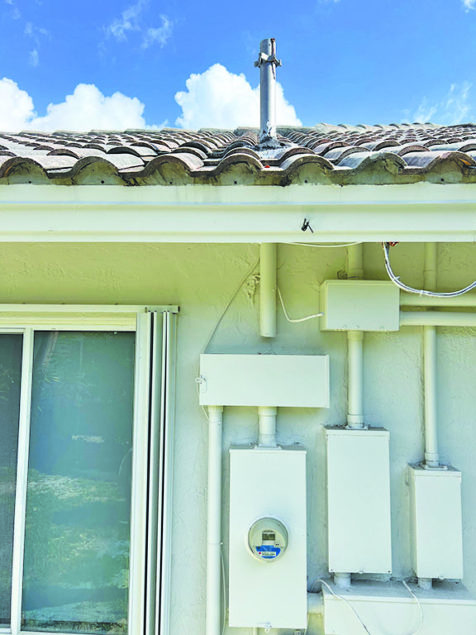
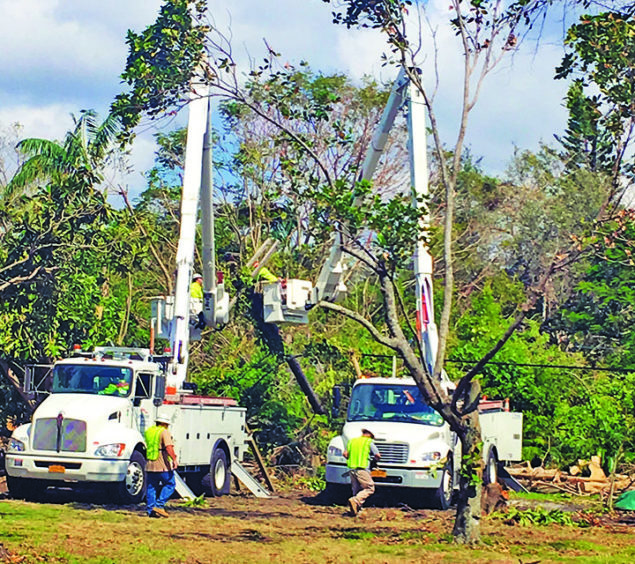

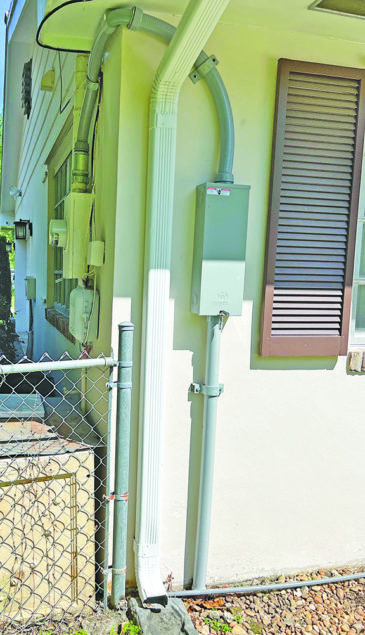




Comments are closed.